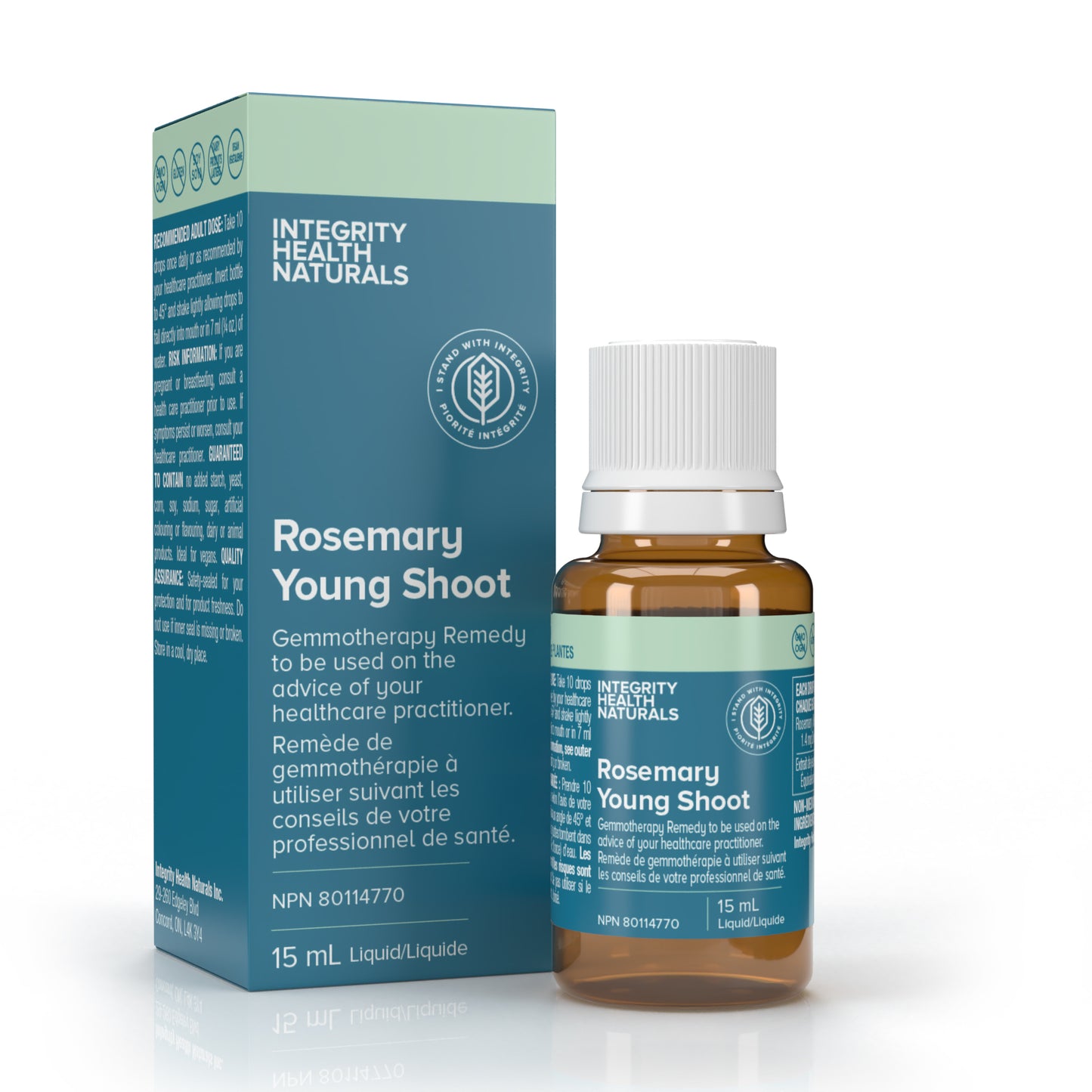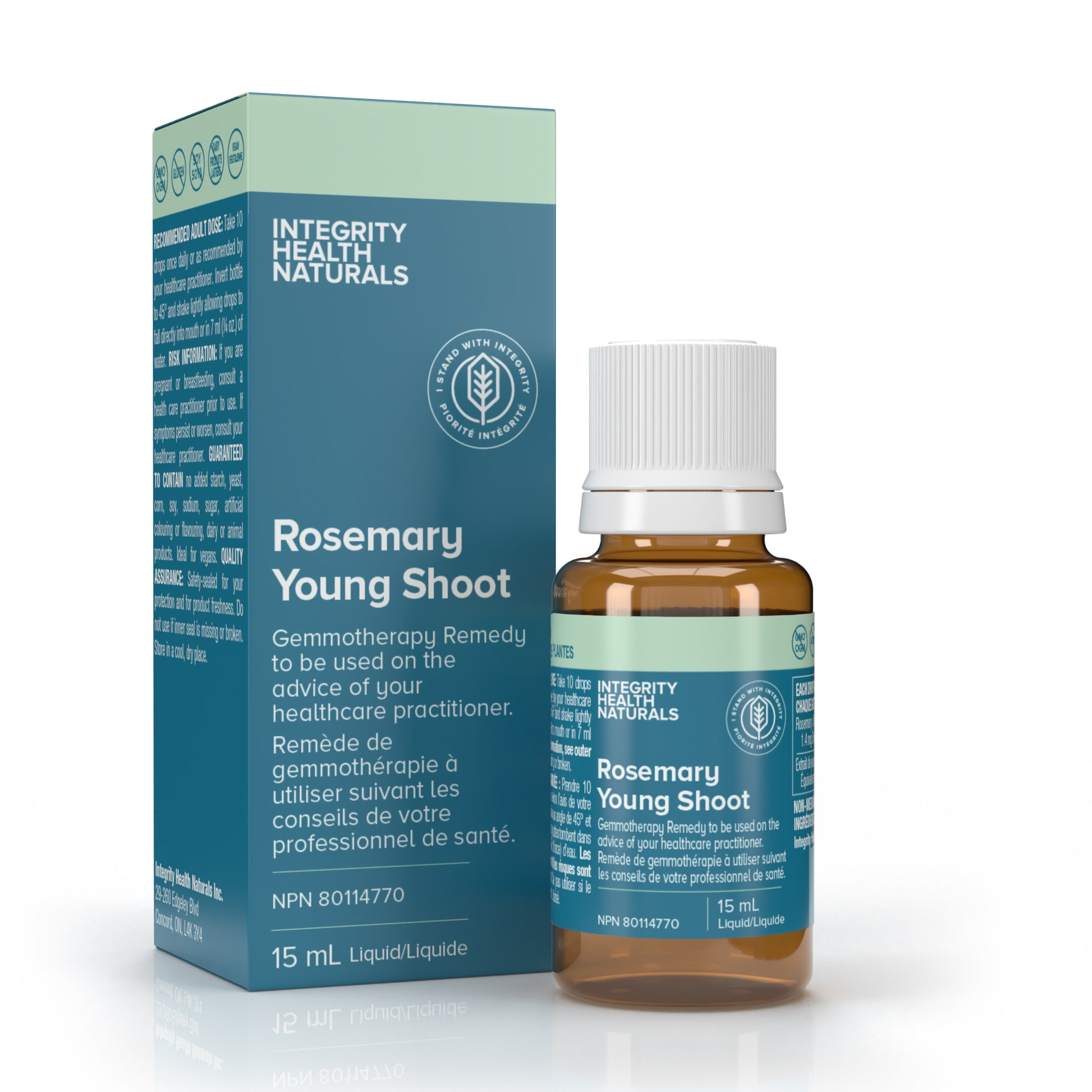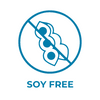Rosemary Young Shoot - Rosmarinus officinalis
Rosemary is a sturdy shrub that thrives in drought and high wind climates. Though not the richest botanical source of rosmarinic acid, rosemary contains two major diterpenes: carnosic acid and carnosol. The two diterpenes exert anti-inflammatory and antioxidant effects that induce Nrf2 and phase II detoxifying enzymes; hence why rosemary is known to support liver metabolism. Traditionally, the leaves of rosemary are used for appetite-stimulating, circulatory, and antispasmodic effects. Finally, rosemary has exhibited neuroprotective effects on human brain cells in vitro.
On the spiritual, and mental-emotional levels, rosemary young shoots address liver stagnations that manifest as anger or allergy; it supports the gall to endure life’s tribulations.
Phytoembryonic plant medicine, similar to western botanical medicine, relies on the extraction of a variety of plant phytochemicals, nutrients, and energetics to exert therapeutic effects. The plant bud, composed mainly of meristem cells, is the most concentrated and vital part of the plant, since it houses all of a plant's developmental information. Meristem cells are undifferentiated embryological tissue capable of specializing function based on living conditions. Thus, meristem cells are the factory, motor, and blueprints for an immature plant, giving functional instructions to the embryonic tissue, and driving its growth to thrive in a specific environment.
In stock
Couldn't load pickup availability

- Choosing a selection results in a full page refresh.
- Opens in a new window.







